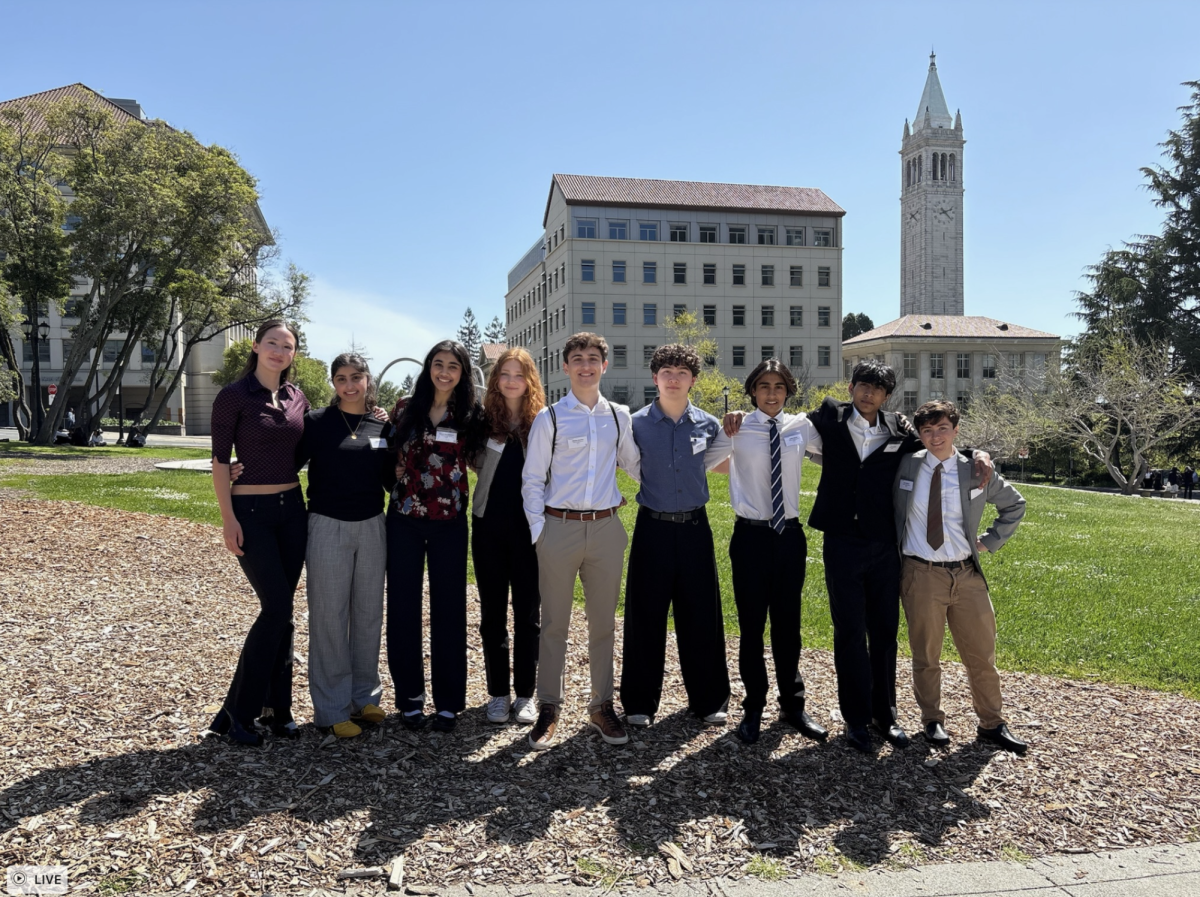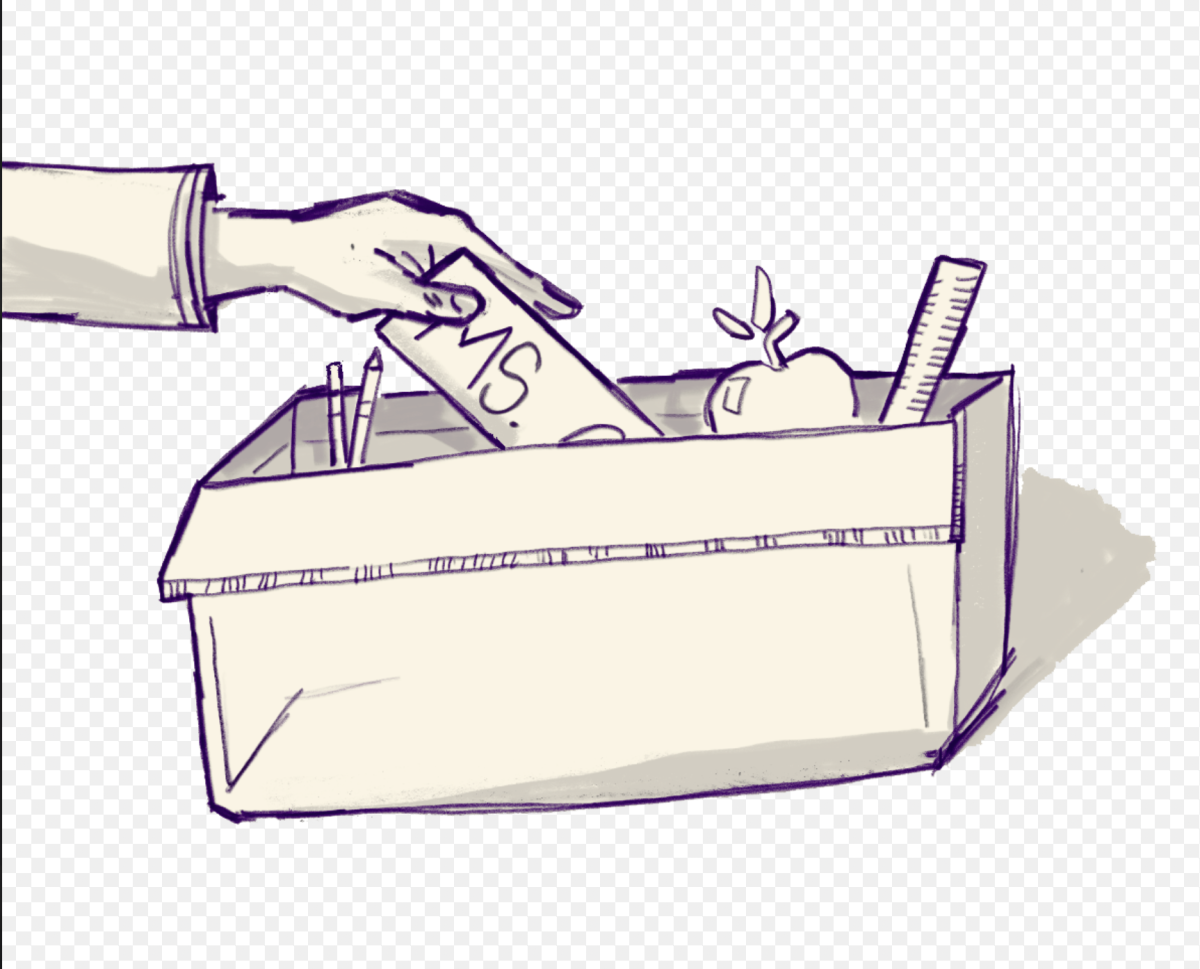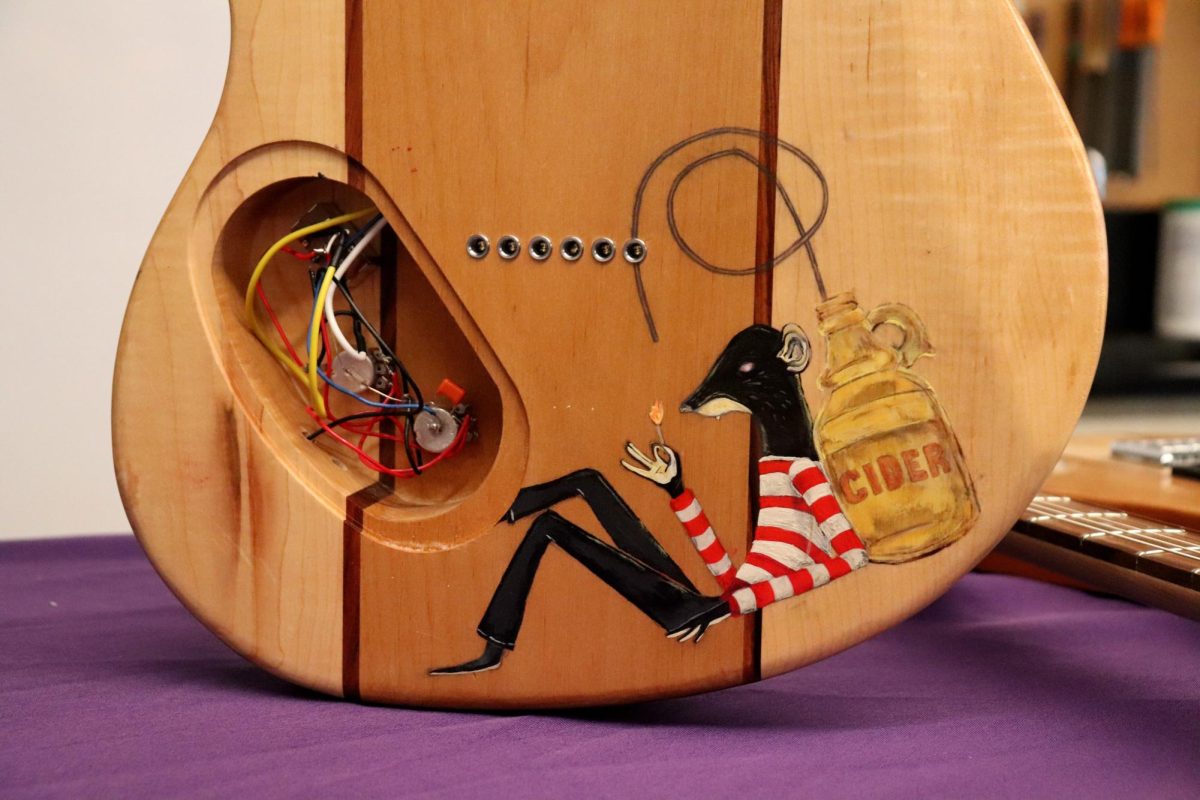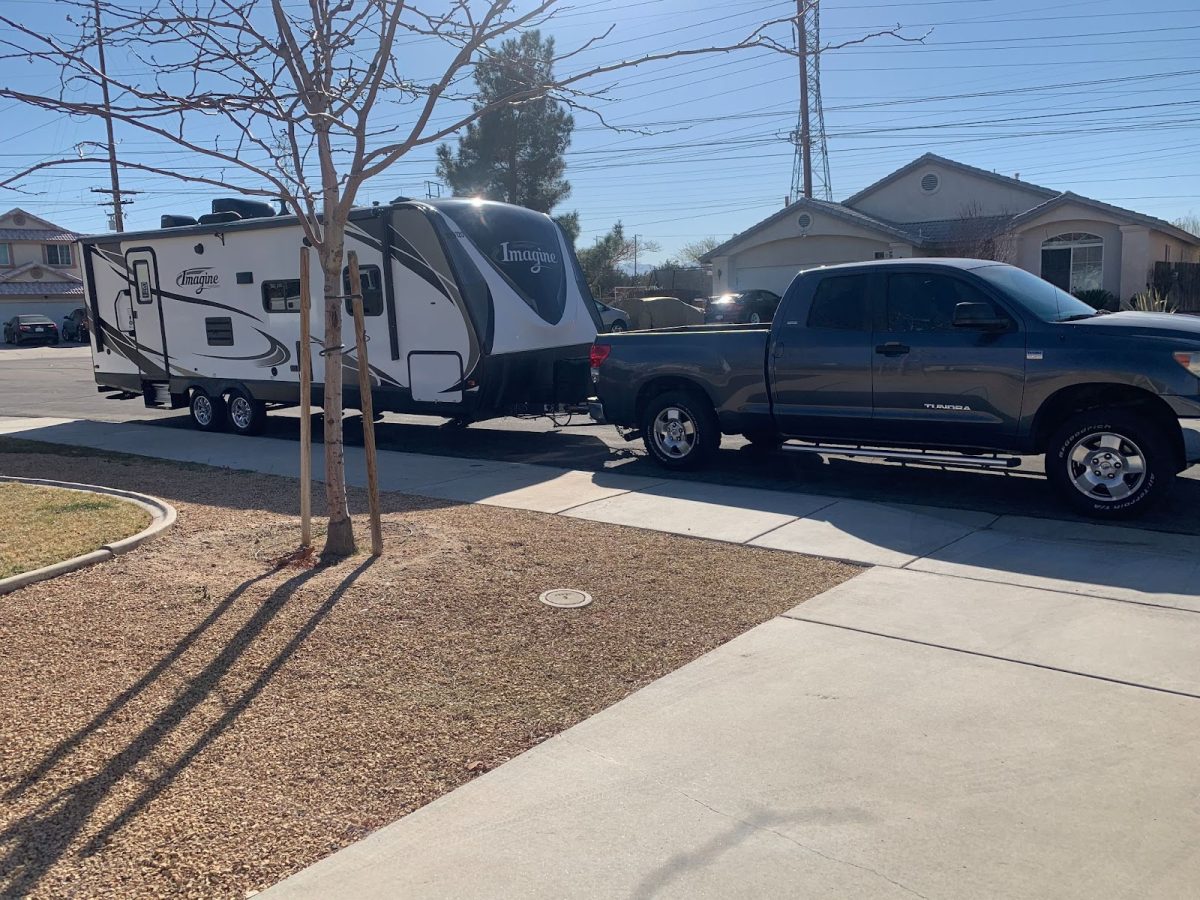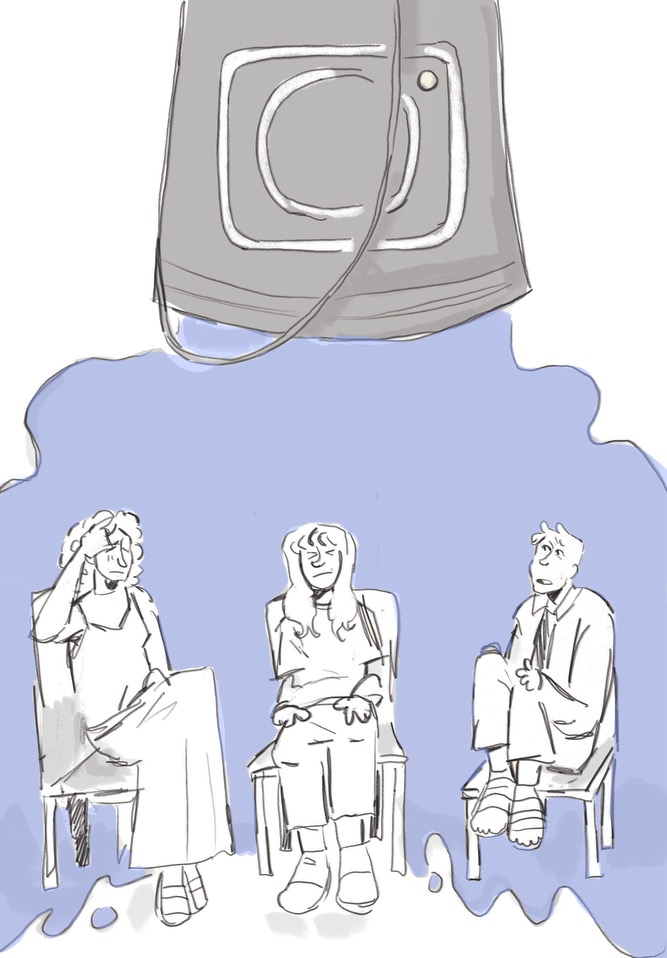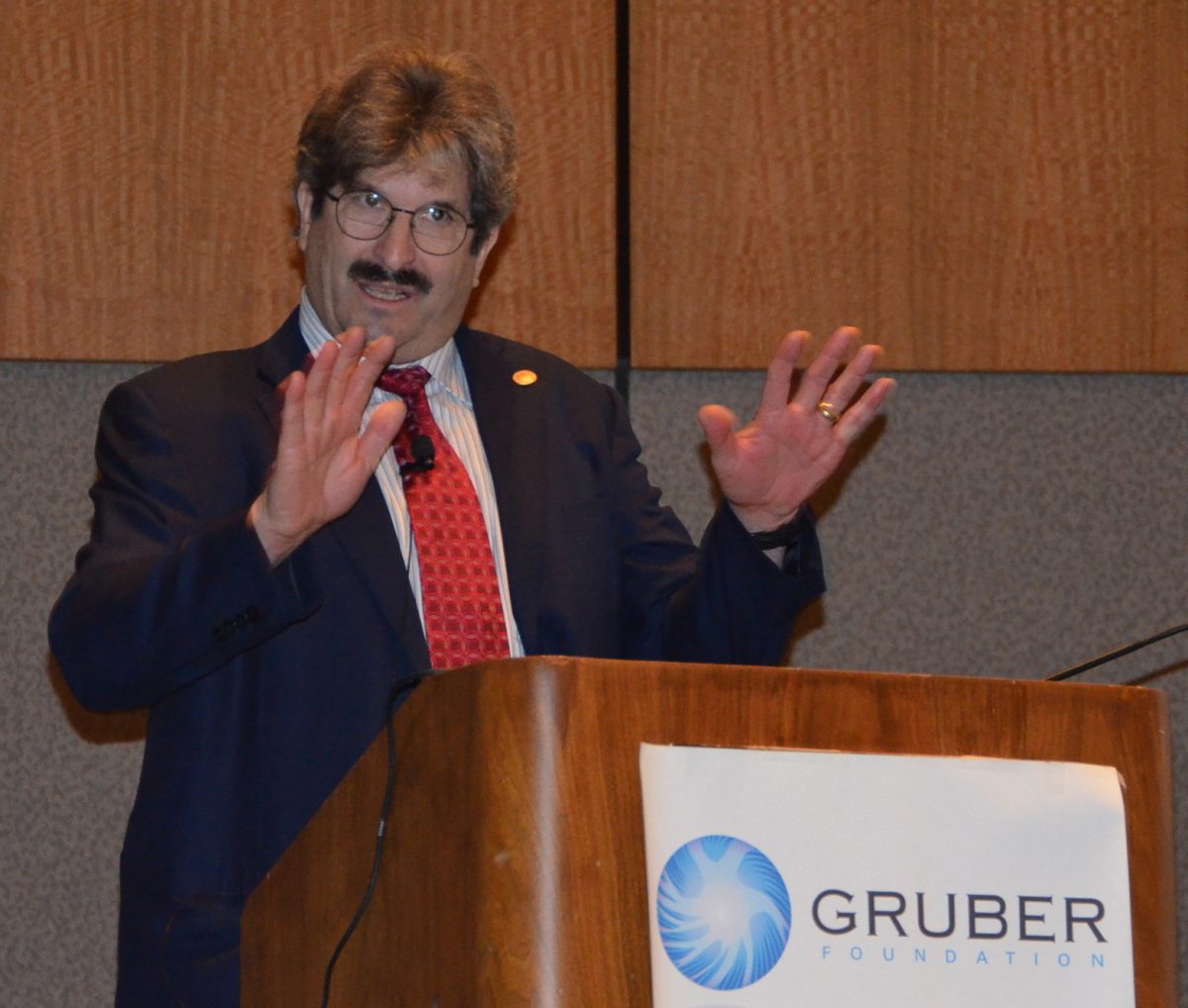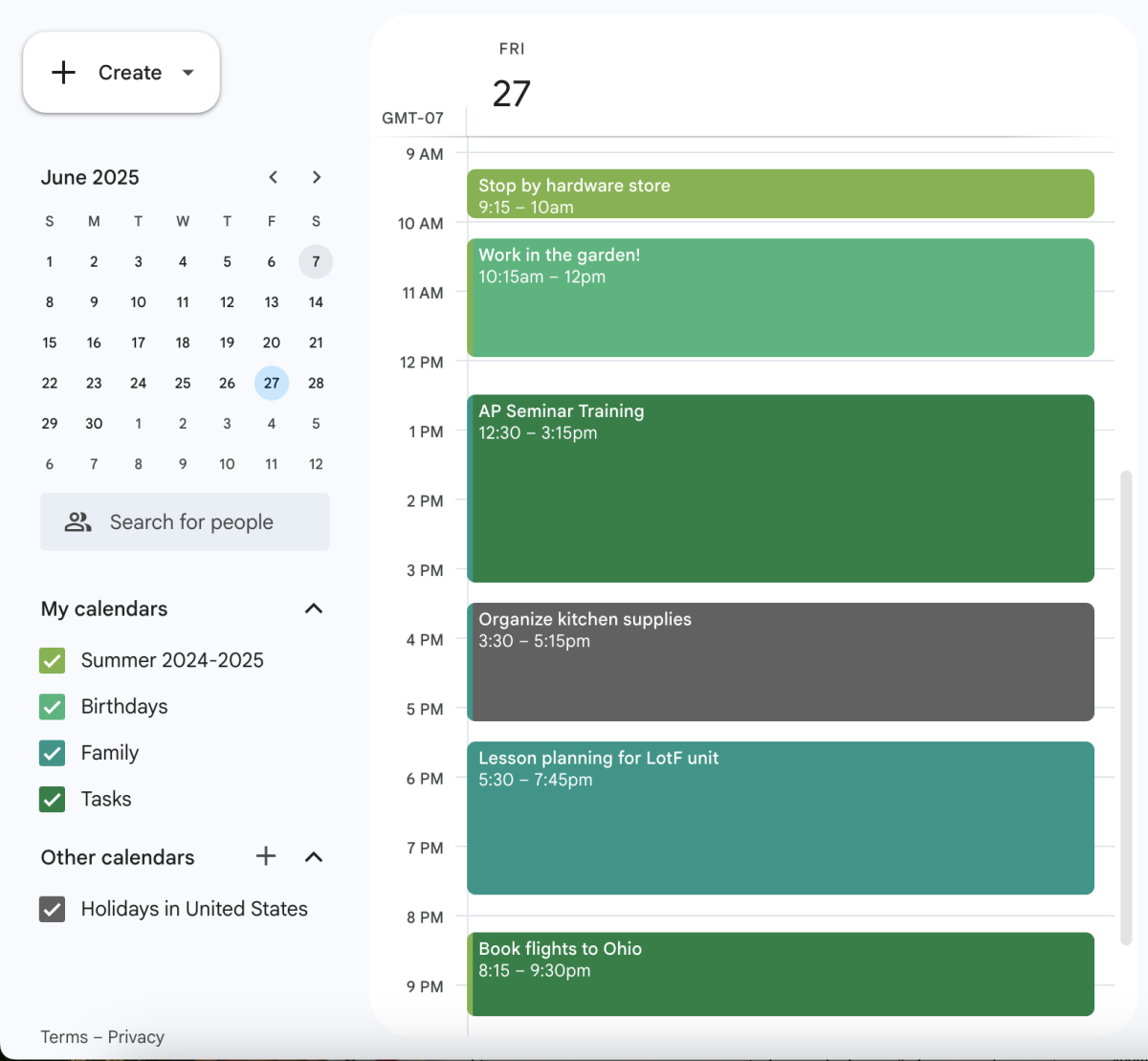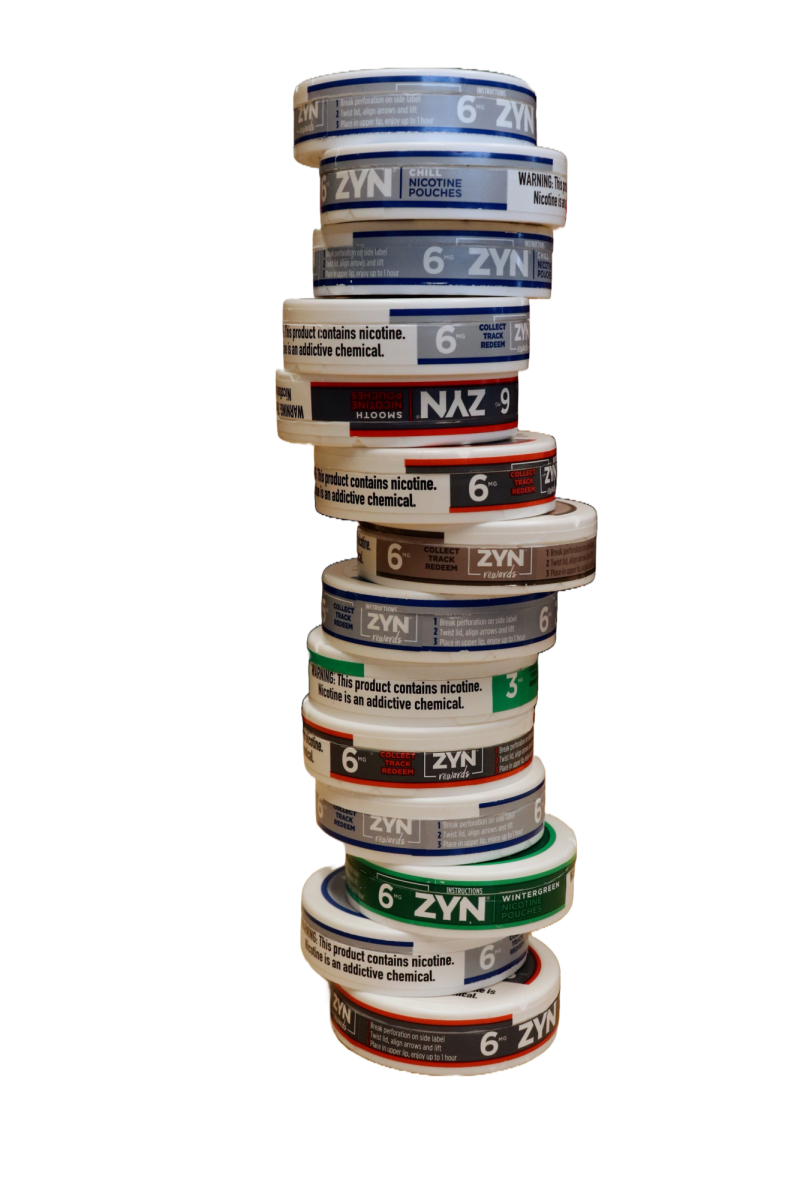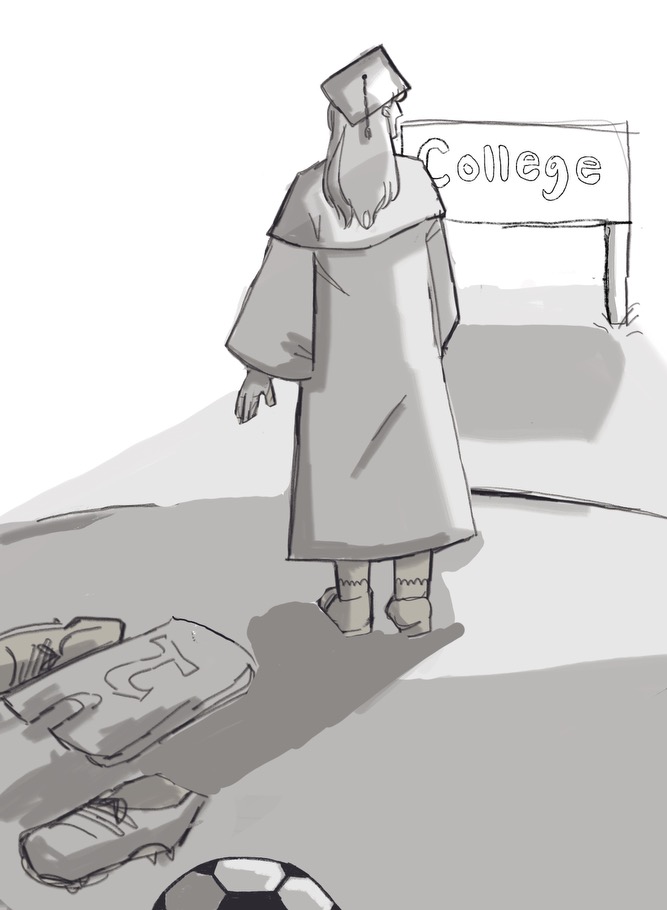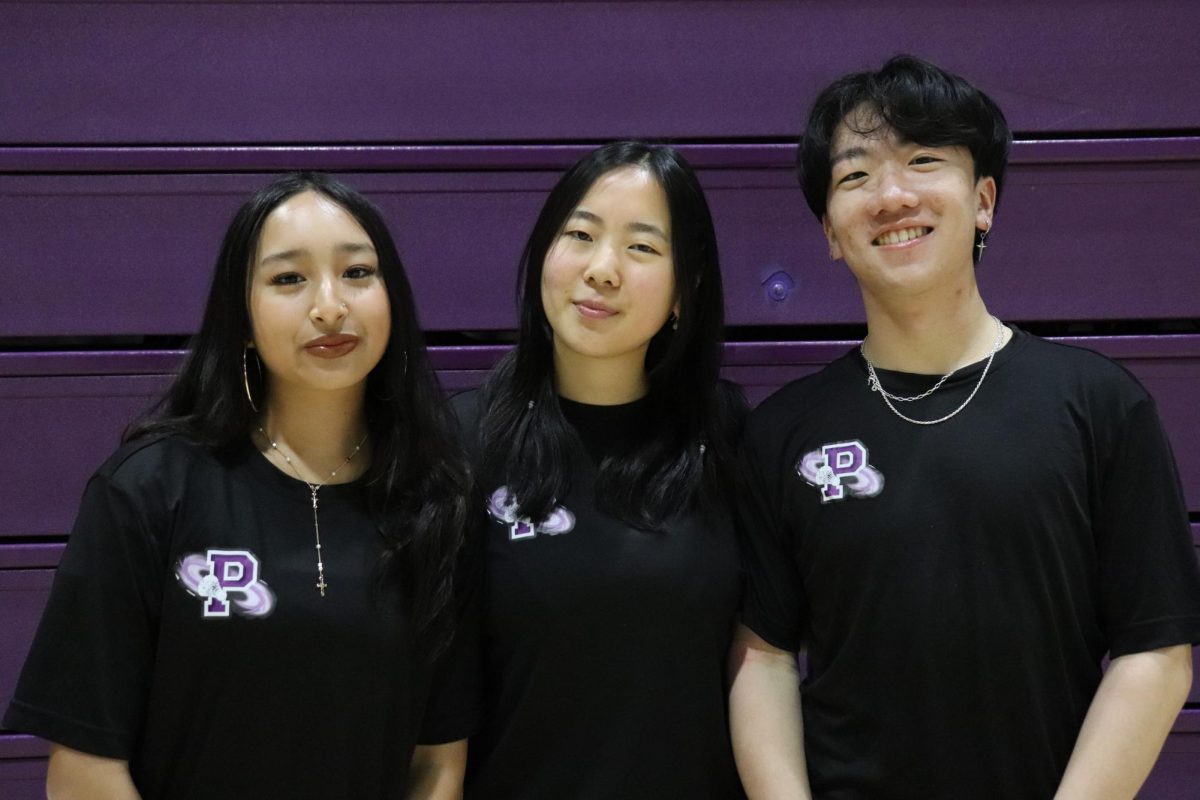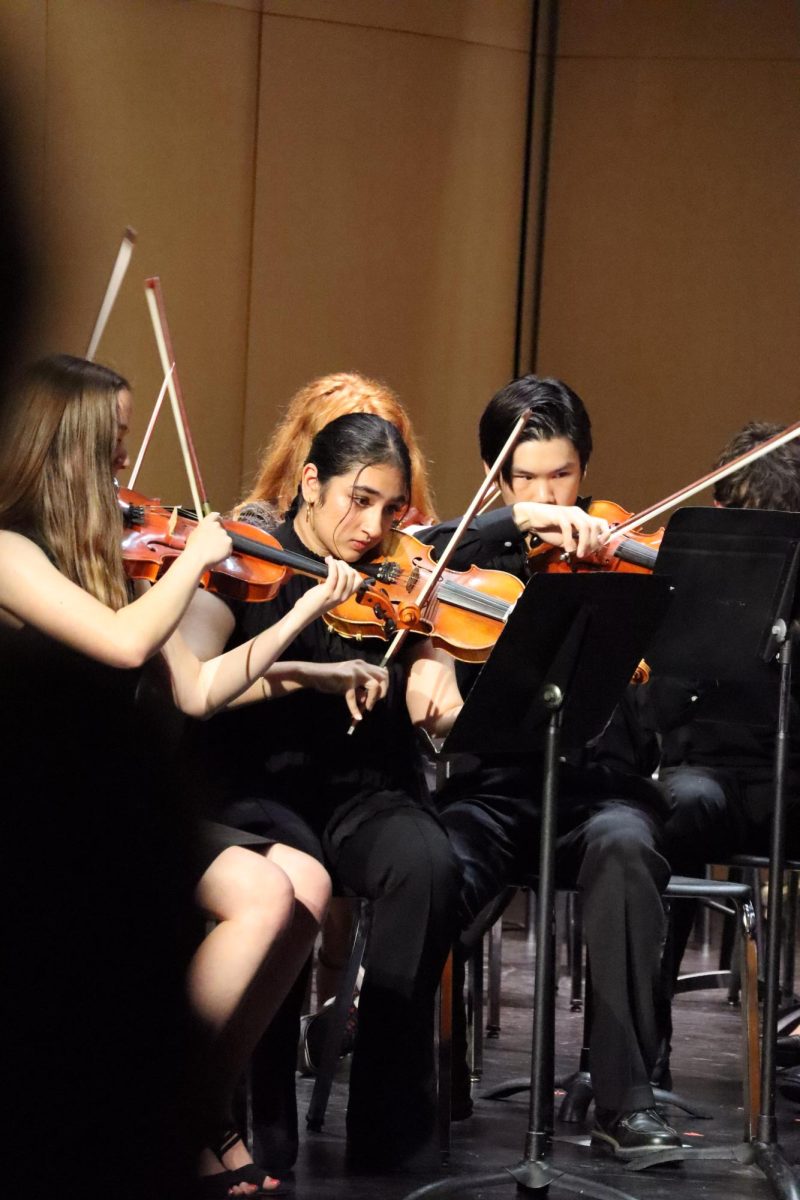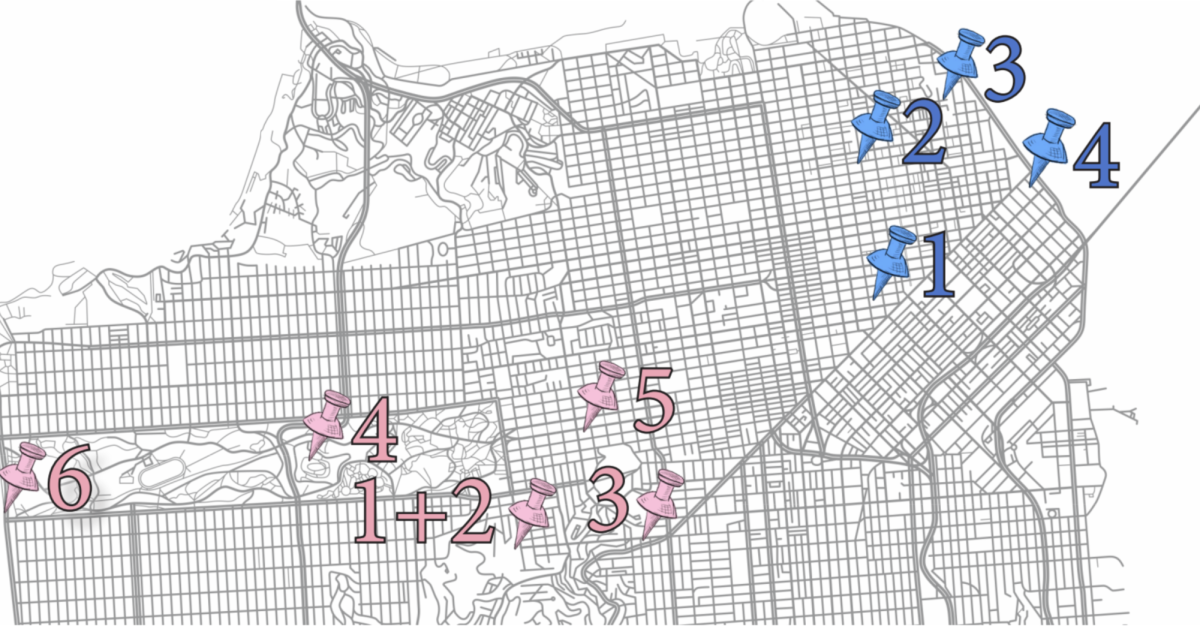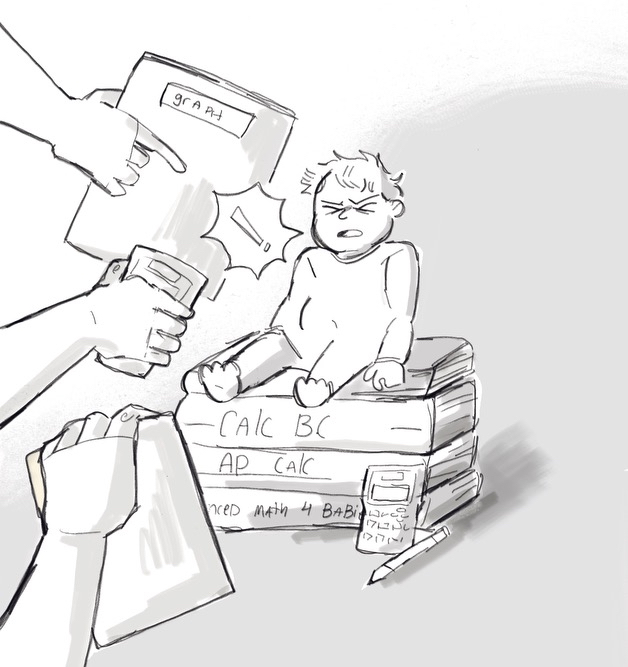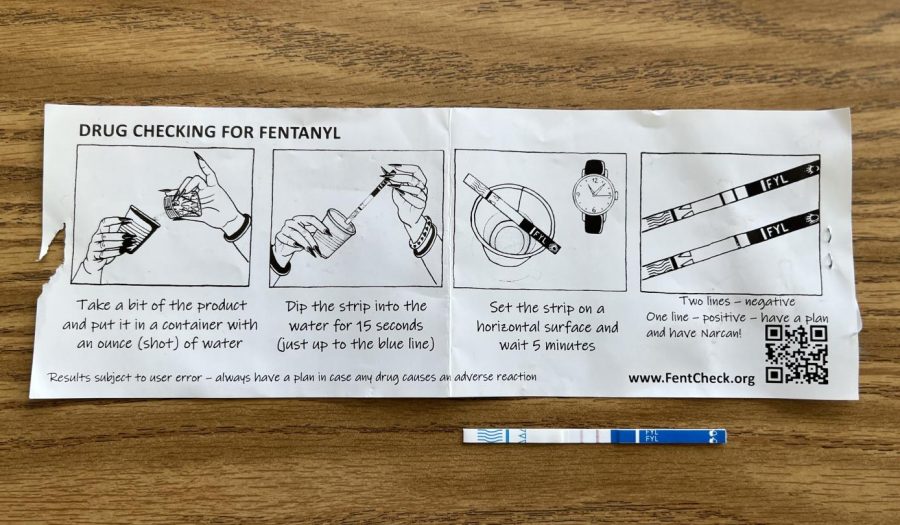Editorial Board Members that…
Agree: 12 Disagree: 0
In fifth grade, we met Ivy Chen. In seventh grade, we witnessed the miracle of life. In tenth grade, we reconnected with Chen in social psych. This is our sexual education. PUSD does a good job with the basics, but they should go further to give us the tools to be confident. Our sex education, in part, prepares us to venture into the realm of sexual exploration, but it isn’t as holistic as it should be.
PHS should create a more comprehensive sex education program by following a more organized and inclusive curriculum and providing basic reproductive health resources for students.
According the the 2017-2018 California Healthy Kids Survey, at PHS, 29 percent of the student body and 42 percent of juniors are sexually active, meaning they have engaged in anal, oral, or vaginal sex. However, 12 percent of sexually active students do not use protection against unwanted pregnancy and 22 percent do not use protection against sexually transmitted diseases/infections. This is unacceptable. To make sex not only safe but positive, we should promote a culture of protected sex and healthy sexual dialogue.
We are taught a preventative sex education that includes contraception and is not solely abstinence-focused. But in practice, it still falls short. One reason for this is accessibility.
Legally, people in California aged 12 and older can get contraceptives (not including the morning after pill) through a healthcare provider, confidentially and without question. However, students under 18 cannot legally purchase any contraceptives over the counter, said health and sexuality educator and Project Coordinator of ETR Narda Skov.
Making male condoms available at the school nurse’s office would likely lower the percentage of unprotected sex in future Healthy Kids Surveys.
According to the American Academy of Pediatricians, condom availability at high schools decreases teen pregnancy, sexually transmitted diseases/infections, and HIV. Additionally, providing condoms does not increase sexual activity.
School nurse Carol Menz said that Piedmont could model its condom distribution program after Redwood High School in Marin. There, each student must have a confidential condom information session with the school nurse to ensure proper condom use. After that, the student has their name put on a confidential list of people approved to get free condoms from the school. The brief information session allows students to become familiarized with the technicalities of condoms, but it also establishes a confidential space for them to discuss their own sexual health.
Additionally, according to Planned Parenthood, although condoms can be up to 98 percent effective, in reality, that number is closer to 85 percent due to user error. Through informative sex education, dialogue, and practice, students can better address this issue. In order to truly protect from sexually transmitted diseases/infections and unwanted pregnancies, a condom must be used during all vaginal, oral, and anal sex, and a consistent source would make that easier to achieve.
We need condoms. We need better information. We need a dialogue.

